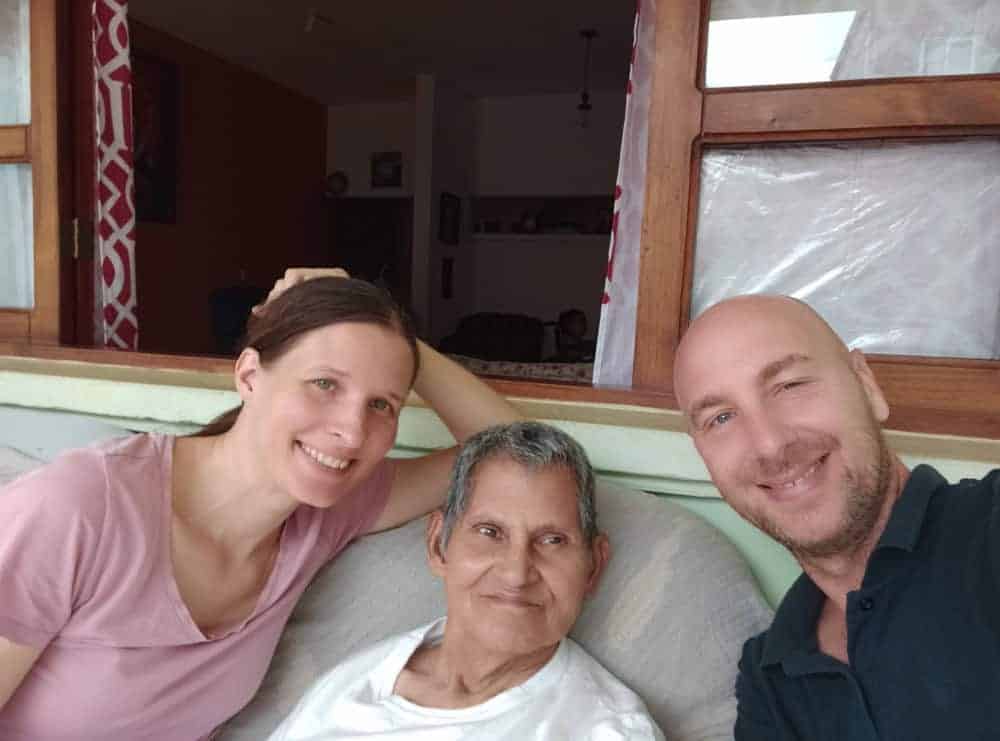“This is the red zone,” told us Fr. Alvaro, a Colombian missionary who lives and works in one of the most dangerous areas in Colombia, in the Riosucio settlement of the Chocó province.
Bloody Conflicts
The news of the twenty years’ war between the illegal guerrilla soldiers and the state army and police does not catch the interest of our media. However, this region of South America is plagued by bloody conflicts, especially in the areas of Rainforest cohabited by the indigenous Natives and the Colombian black residents.

The latter arrived in Chocó as slaves centuries ago. Their descendants who live here today are not better off than their ancestors.
The war and terror in this area has drawn the attention of the United Nations, Amnesty International, Red Cross, and other important humanitarian organizations. But there is not much they could do, because active clashes hinder the beginning or development of every new charity project.
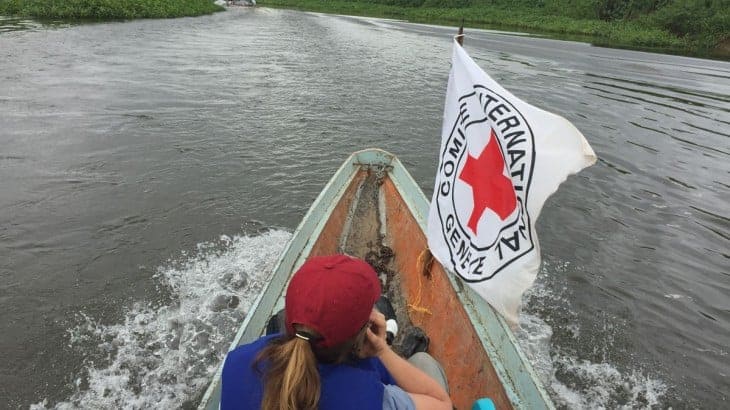
The main cause of war is the fight for the land. What else could it be! As far as earth riches and minerals, especially gold, are concerned, Colombia together with its neighbor Venezuela is one of the richest countries in the world.
This is the greatest paradox concerning the countries in this region of South America.
People literally live on the gold, but they are trapped in such great poverty that sometimes they cannot even afford lunch. Venezuela is the most evident contemporary example of this paradox, but Chocó is actually based on the same foundations.
Fight for Gold
This is what greed and corruption do. Where there is gold, there is usually war as well. War leaves behind devastation and
In Chocó, on the one side, there
On the other side, there are the state army and police who, having similar motives, fight the guerrilla under the pretext of peace and the protection of people, at the same time pushing them away from their territory.
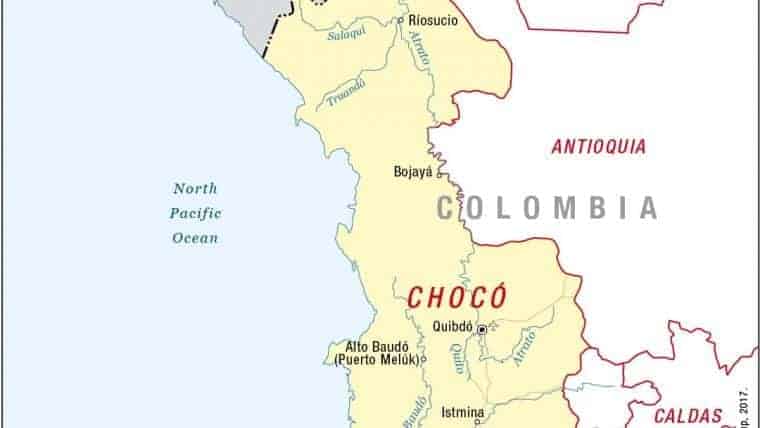
As a result, the jungle of Chocó by the rivers Atrato and San Juan is full of fighters and soldiers who have been fighting, shooting, and bombarding each other for their own piece of the golden paradise already for the twenty years.
The Casualties of War
The worst casualties of war are not the soldiers. The communities of Natives and the so-called Afro-Colombians living in that area are
Every day, new victims are reported in these areas. Illegal troops drive the Natives away from the forests they live in by burning their homes, killing men, raping women, bombarding houses to force them to withdraw from that territory and move elsewhere – there, where the land is barren and the living conditions are harsh.
They Have Lost Their Hope
From Medellin in Colombia we arrived to the Riosucio settlement, one of the villages by the Atrato River directly at the rainforest, that is in the war zone.
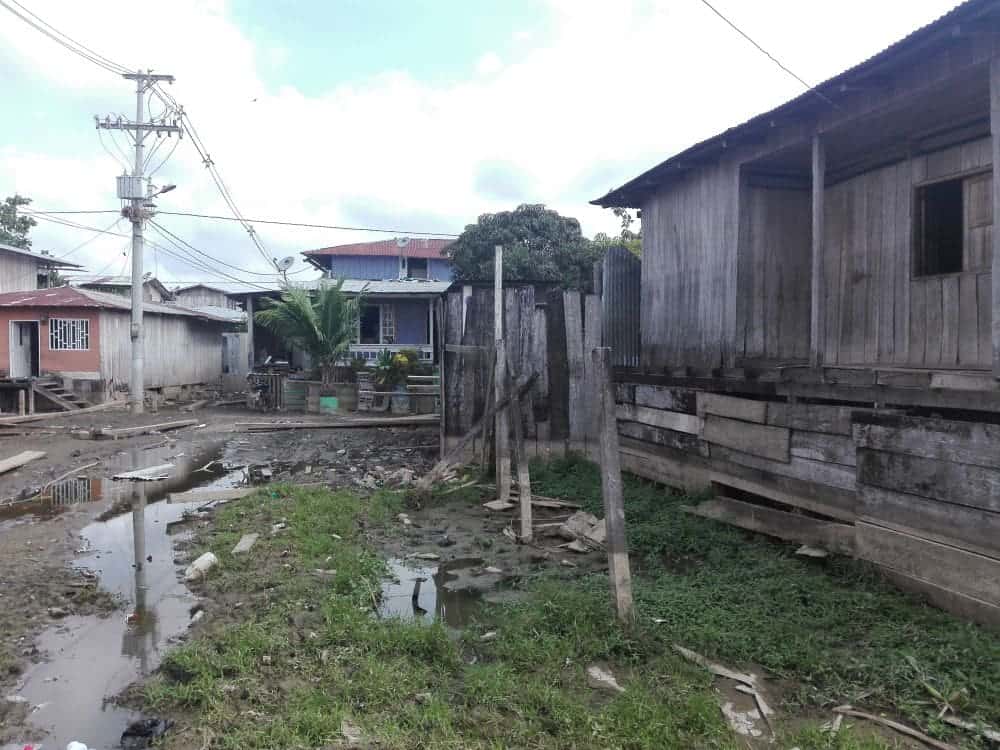
Countless times have the casualties of war and terrified people left their jungle homes, drove across the river and moved to this village. They waited here until the things settled down and then went back.
They have performed this maneuver so many times that they do not even return to their homes any more from the Riosucio. They lost the hope of ever living on their own land, in peace and prosperity offered to them by the rich and fertile nature of their jungle homes.
Thousands of Casualties
From a small village, Riosucio eventually grew into a real town, the town of the desperate, traumatized migrants, especially black migrants. Today, it has more than 20,000 residents.
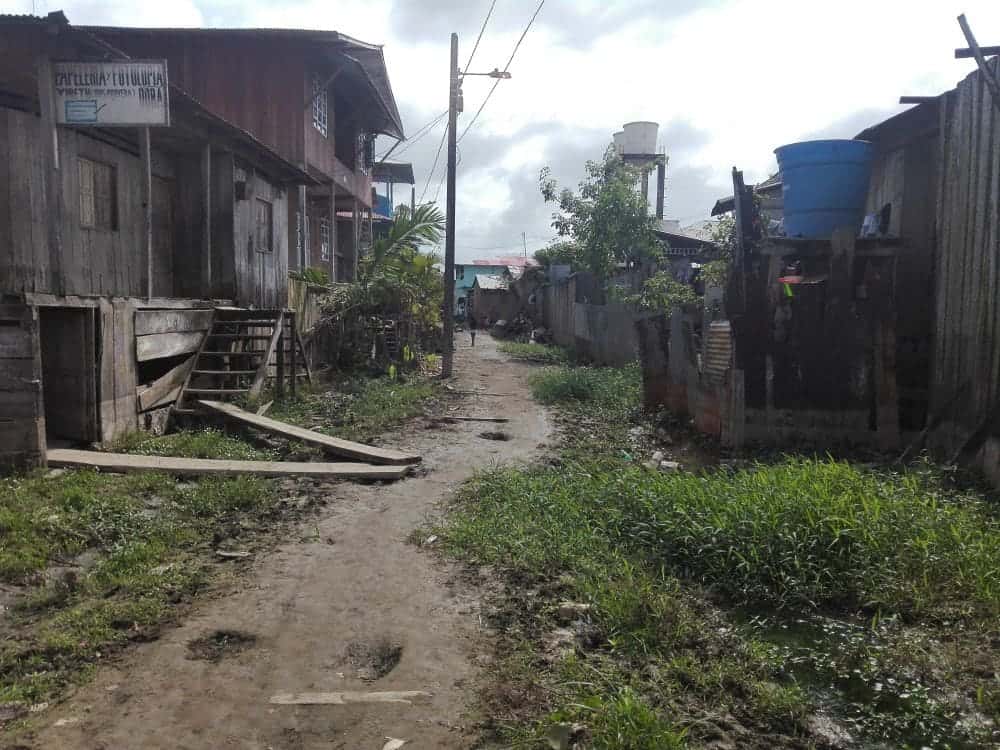
“There are victims on both sides,” says Fr. Alvaro. “Still, the Natives make the better of it in this chaos. They know how to live in a community and are better organized than the black people. This is why significantly
At School
After we finished our mission in Atalaya and returned to the Claretians in Lima, we started planning our next journey.
We did not exactly know where God would take us this time, but we knew it would be a place where would sit in the school bench and learn about the world, people, their habits and culture, but especially about the beauty which shines the brightest after it has been hidden in the dark and suffering for a long time.
Medellín
The Claretians put us into contact with their fellow friars in the neighboring country of Colombia. The missionaries own several houses there, although the house in Chocó has the greatest needs.
The cheapest ride from Peru to Colombia was a low-budget airplane. After a three-hour
Post-Escobar Era
Not long ago, the city was under the strong influence of drug cartels and widespread political corruption which they say it is still present.

Since the assassination of Pablo Escobar, the leader of a large drug cartel who intimidated the city (actually the entire country) with killings and terror, peace returned to Medellín, at least on the outside.
One of the Claretian houses for novices stands not far away from the place where Escobar was cornered and killed.
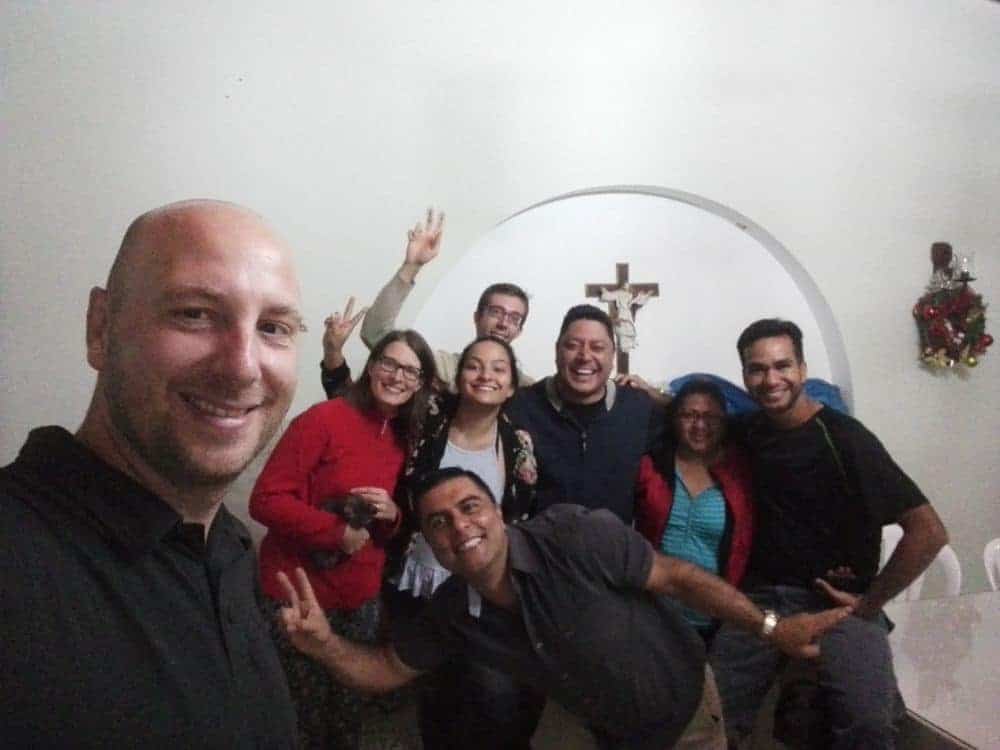
We stayed in this house almost two weeks, because we waited for the best time to depart for Chocó.
Christmas, new year, and the staffing changes in the Claretians community forced us to take a rest and spend perhaps the most beautiful holidays since we got married.
Journey to Riosucio
When the time came, we took the bus and drove to the west part of Colombia. We had six hours of pretty uncomfortable night ride along numerous curves when we crossed the mountainous area and then descended into the town of Belén de Bajirá.
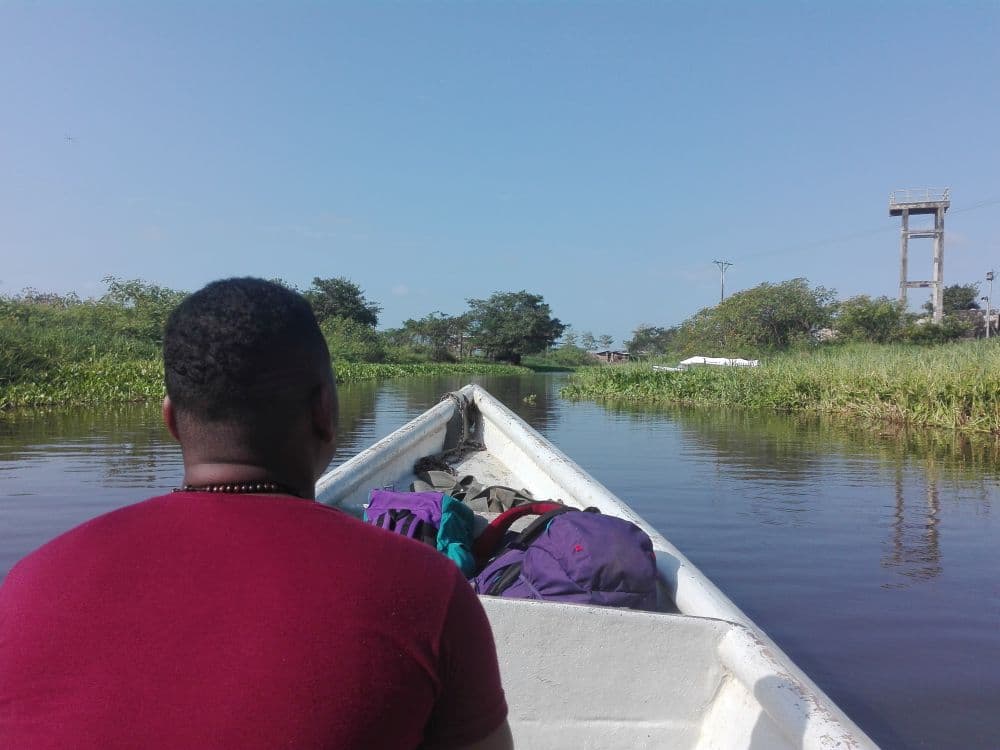
Early in the morning, we were welcomed by Carlos Andrés, a young man employed at the Riosucio parish where Fr. Alvaro works.
Just like we drove from Satipo to Atalaya, it took us three more hours riding in a four-wheel drive jeep across holes and unpaved road to the outskirts of Riosucio. From there on, we

There is no other way to the mission. They say Chocó is the most remote region of Colombia. You cannot access the villages and communities in any other way but by boat. Another option is a small private airplane that visitors sometimes use to land on the clearings of the r
Life in Poverty
Observing from our boat the wooden shacks by the river set on high pillars that keep their homes safe from floods and the people sitting by the riverside, washing their clothes, fruits and vegetables as well as dishes in the river, drinking the water from the river, and bathing in the river, it became clear to us why Riosucio is known as the place of the broken-hearted.
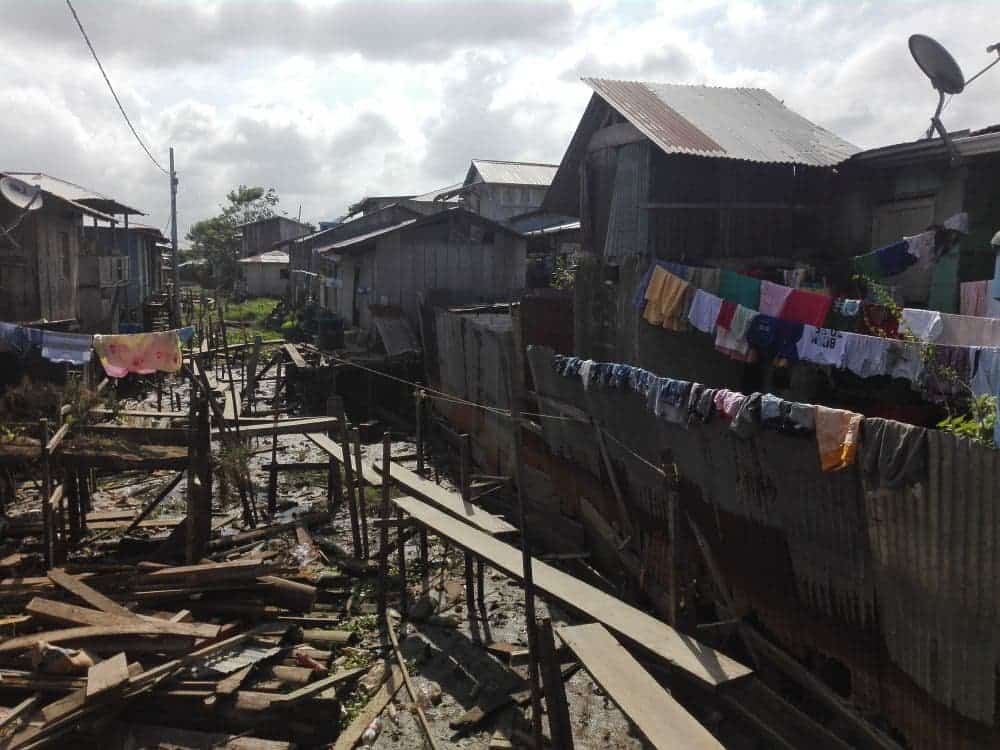
The faces of these beautiful black people are sad. How else could it be – they live a life they do not wish to live. And they live in
Poverty is severe. All they have is the Atrato River, dirty, troubled, and muddy, but still a source of life for them.
Many have no electricity nor toilets in their shacks which is why they relieve themselves in the same water they use for washing, bathing,
They live of fish, rice, and green bananas (platano) that they use for baking, cooking, or frying.
Children and Youth
What brings
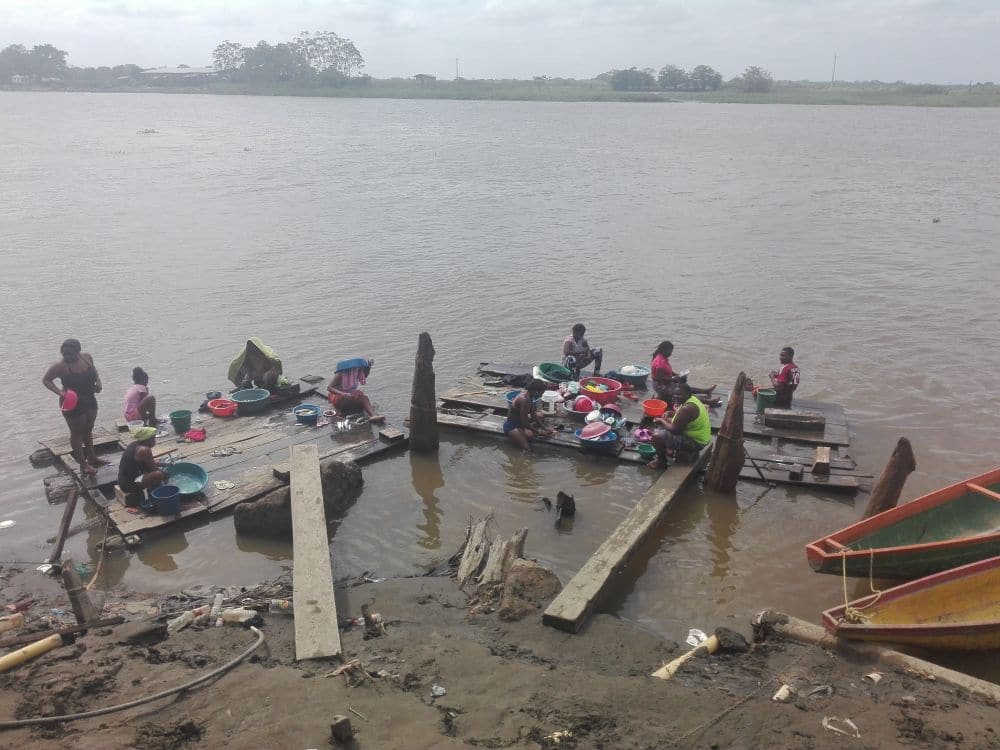
But the looks can be deceiving said the missionary. What you see on the outside does not necessarily reveal the real picture. There are a lot of drugs, alcohol, and especially abuse in Riosucio.
We have not seen or experience this, but the missionary told us that the village is full of young girls aged ten or more that offer their bodies even for a dollar, just so they can

Diseases are a reality here. Malaria, dengue fever, Zika, and AIDS. Promiscuity is widespread. Young women often get pregnant already at the age of thirteen and mostly stay alone with their children after their partners abandon them and leave with other women.
This is another sad peculiarity in this region of Colombia. It is not unusual if a man has children with more than one woman, whereas women know about each other and even live under the same roof sometimes.
View from the mission
We are staying in a mission house with a view of the Atrato River.

From our window, we can observe the wooden fishing boats that leave for fishing trips or return home, and see the vivid riverside where
This is the time of school vacations which is why the riverside is crowded with children every day.
We Are Not Going to Run Out of Work Here
Since we arrived at Riosucio, no practical tasks have been assigned to us yet. But we fear not that we will run out of work.
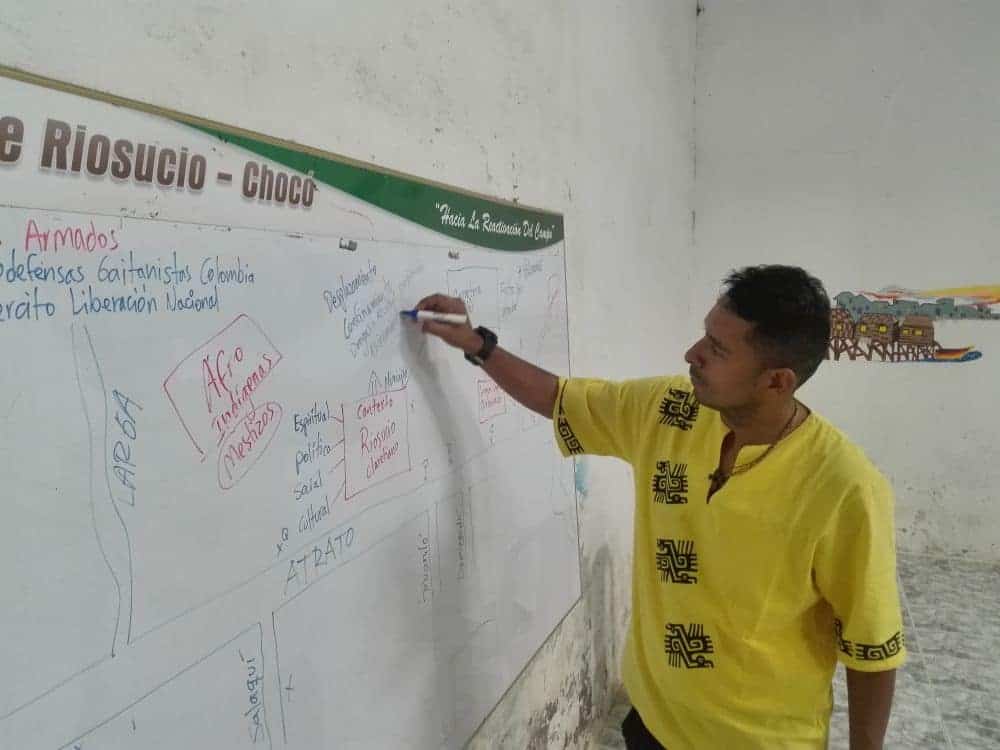
“There are many needs and works to be performed so it is difficult to determine which ones are the most important,” Fr. Alvaro told us.
Just as I have noted, we are sitting in the bench and we are learning.
Claiming the Rights
He told us about the large material needs that the mission has in order to function successfully and effectively.
“
Library, Workshops and Car
The missionaries have a long way to go, because the end of the war is nowhere in sight.
To help these desperate and broken-hearted souls, they develop different projects. For example, one of them is the mission library where the youth can find a place for themselves and cultivate their talents, capabilities, their language and culture.
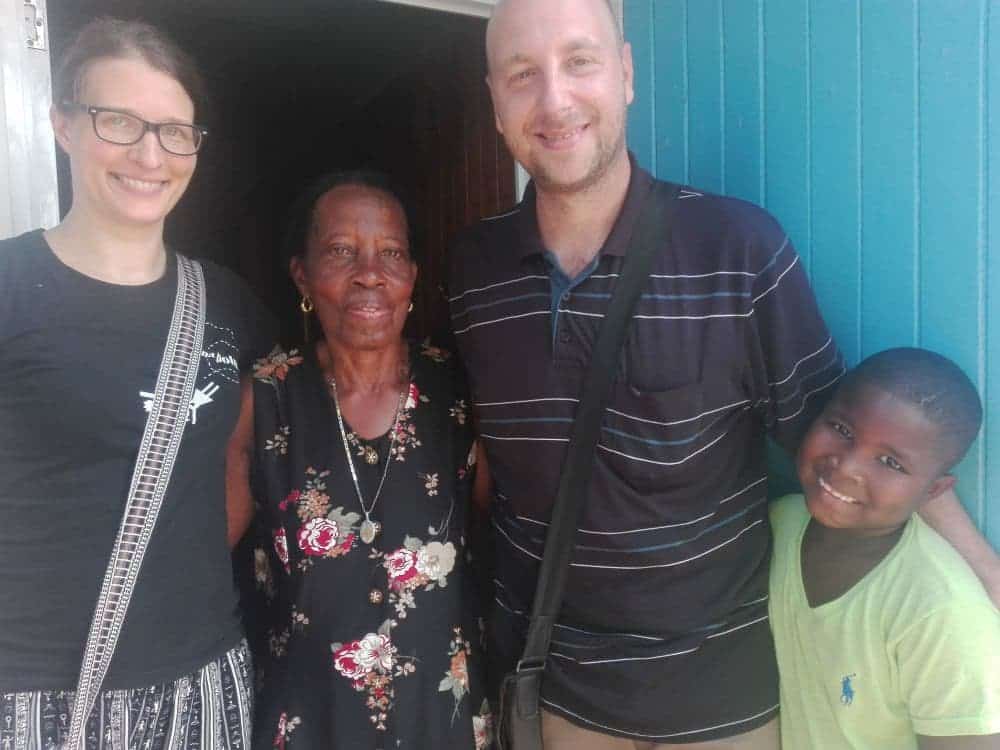
“We want to organize music and theater workshops for
Operando – God works right now!
